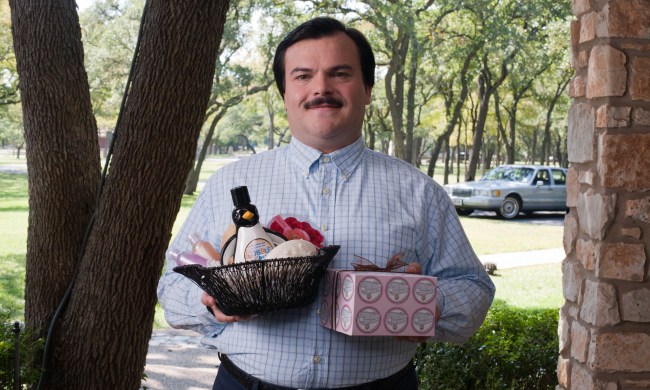If you’re a casual sports enthusiast who enjoys watching the Winter Olympics
Though Olympic speed skating and short track speed skating do share the same basic premise — racing on skates over the ice — there are quite a few differences between these two sports as well. If you want to surprise your buddies at trivia night with your knowledge of Olympic speed skating or just want to enjoy watching the speed skating events at the Winter Olympics this year with a better understanding of the two sports, keep reading for our guide to the basics of speed skating at the Winter Olympics.

More Winter Olympic Events
- What Are the Winter Olympics Bobsledding Events?
- Everything You Need to Know About Winter Olympics Skiing
- What is Biathlon at the Winter Olympics?
- Here is Your Winter Olympic Snowboarding Event Guide
What Are the Primary Differences Between Olympic Speed Skating vs. Olympic Short Track Speed Skating?
There are several notable differences between the speed skating and short track speed skating sports at the Winter Olympics.
Competition Format
In Olympic speed skating, competitors compete in just one round where they attempt to set the best time as they race against the clock in a time trial format. There are no heats, qualifying rounds, or finals. While two athletes compete simultaneously, they are not actually racing head to head but rather just against the clock. Once all competitors have skated their single trial, athletes are ranked based on their finish time, with the fastest time winning. Although most speed skating events do feature just two racers at one time, there is also a mass start speed skating event where many athletes start simultaneously.

In contrast, with short-track speed skating races, athletes race in heats over multiple rounds and do directly compete against one another, with the top two places in a heat advancing on to the next round. The athletes that make it through the rounds to the culminating final ultimately compete in a final round for the medals.
In both speed skating and short track, a skater is considered to have finished the race as soon as the tip of a skate touches or passes the finish line after the final lap of the distance. If the skater slides across the finish line on their body after taking a fall, the tip of their skate is still used to determine their finish time or position.
Track
Unsurprisingly, the track used in the short track is shorter than the one used for speed skating. The standard speed skating track is the exact same size as the track used for outdoor Olympic track races—400 meters. Short track speed skating takes place on an ice track that measures a mere 111.12 meters.
Equipment
The nature of the competition format, speeds reached in the races, and the tight turns on the short track speed skating track necessitate wearing different equipment. For example, short-track competitors wear helmets because the risk of falling is much higher when racing others — they also wear rigid boots to have more control when navigating right turns races. With lots of tight turns, short-track athletes need rigid skates made of stiff materials to maintain control of their trajectory. The length of the blades on the skates for the short track is also shorter, typically falling between 30–45cm for short track versus 40–55cm for speed skating. Because the turns are wider and the straightaways are longer in speed skating, the boot portion of the ice skates is more flexible and features a hinge mechanism on the heel to help the blade stay in contact with the ice when the athlete lifts his or her leg.
Physical Characteristics
Though it’s not always the case, short-track athletes are typically shorter in stature than speed skaters because having a low center of gravity is advantageous for tight turns.
What Are the Speed Skating Events At the Winter Olympics?
The 2022 Winter Olympics in Beijing will feature 14-speed skating events, seven for men and seven for women, with a total competitor quota of 112 athletes. The speed skating events all take place on a 400-meter track. Olympic speed skating events include the following:
- Men: 500m, 1000m, 1500m, 5000m, 10,000m, mass start, and team pursuit
- Women: 500m, 1000m, 1500m, 3000m, 5000m, mass start, and team pursuit
Unlike in the individual events, in team pursuit speed skating races, there are rounds: quarterfinals, semifinals, and finals. In each heat, two teams of three skaters compete in a single-elimination format with the winning team advancing. A win is determined by the team that has all three athletes finish before the third athlete finishes on the opposing team.
What Are the Short Track Speed Skating Events At the Winter Olympics?
The 2022 Winter Olympics in Beijing will feature nine-speed skating events, four for men, four for women, and one mixed team event. The mixed team event is debuting in Beijing. The short track speed skating events all take place on a 111.12-meter track. Olympic short track speed skating events include the following:
- Men: 500m, 1000m, 1500m, 5000m team relay
- Women: 500m, 1000m, 1500m, 3000m team relay
- Mixed team: 2000m relay



